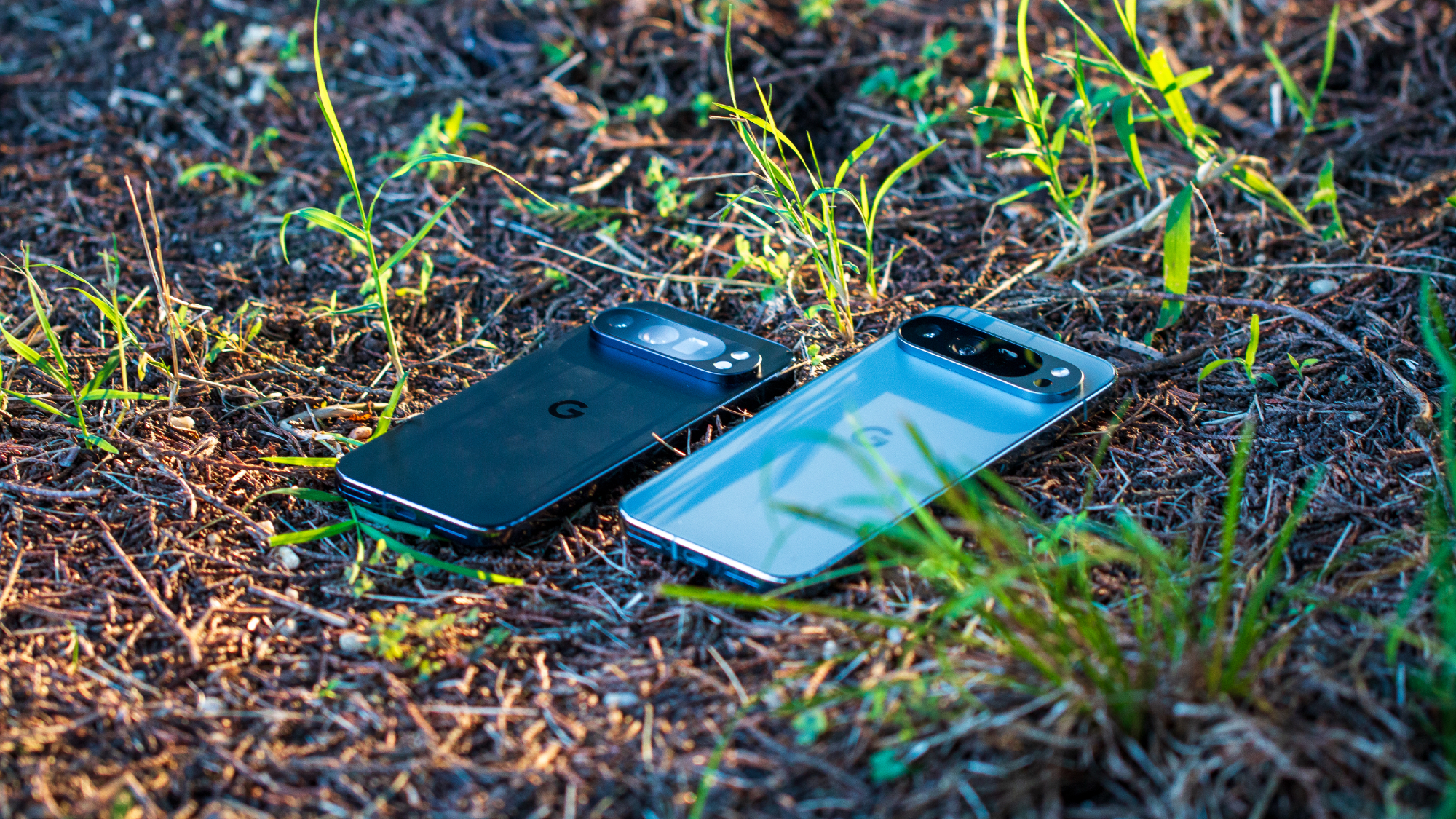Are foldable phones a novelty or the next big thing?
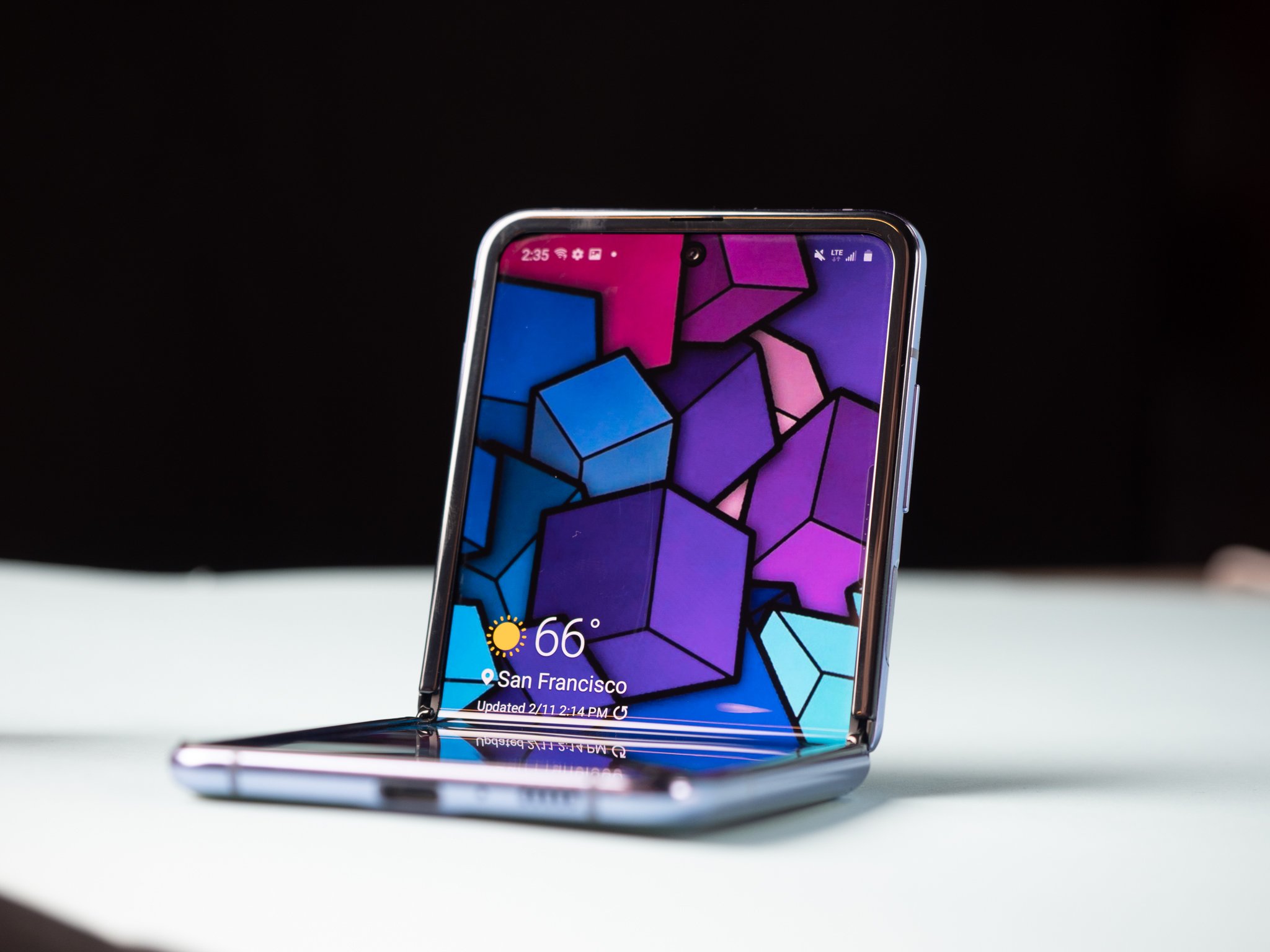
I love books — always have. The tactility of the object, the spine that holds all the pages in place, the finger brushing against the paper as they turn. It's about as far from how we interact with smartphones as you can get.
And yet a bit of that constructiveness is finding its way back into handsets these days thanks to the slow (and now-halted) rollout of foldable phones. What started as a bit of a joke morphed to impressive liability to, more recently, an expensive novelty. But at what point does the foldable move beyond being merely shiny and new and into a category perhaps less flashy but far more important — an alternative?
That you can still count on one hand the number of foldable phone options out there bears out this point. And while perhaps Samsung's Galaxy Z Flip ironed out a few of the endemic problems of its Galaxy Fold predecessor (while adding its own quirks along the way), the category is nowhere near ready for the mainstream. But what happens when it is? What happens when you can take for granted that a foldable phone will just work, and that it's filled with compromises inherent to its mechanical design?
Will the category see hockey-stick growth, a slow-and-steady linear incline, or a quick plateau and drop-off, the way other so-called gimmicks (remember 3D displays?) have come and gone?
A brand new approach
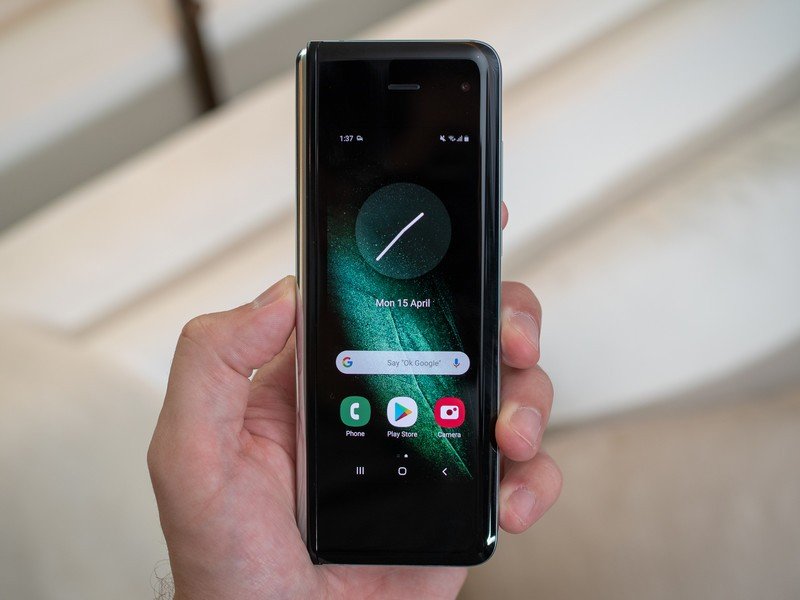
Unlike gimmicks of the past, foldables actually have some long-term utility inherent to their functional designs; they are meant to go from a smaller, thicker object to a larger, thinner one. How that works depends on the way a company approaches the hinge — a vertical fold that forms a tablet from a phone, or a horizontal one that creates a phone from a... pebble — but whatever the solution, the action of unfolding the phone leads to a different experience from when it's closed.
The question is whether foldables will ever shed their reputation for being less reliable than their more conventional counterparts.
Sounds obvious, of course, but there's a question of whether that built-in expansion is enough to justify the additional cost that come, and will likely continue to come, with buying a foldable phone. My colleague and notable yacht fan, Michael Fisher, thinks that foldables have made everything else boring. But not only that, the additional screen real estate of the Galaxy Fold, for instance, more than justifies the awkward salad days of the category's faults. From soft screen protectors to noisy hinges and a lack of water resistance, foldable phones cost more than the average smartphone while being completely impractical for the average person.
And yet. And yet once those quirks are worked out — and they will be fixed in later versions, as the early idiosyncrasies of our current phones were in the early aughts — will needing to open our phones to use them dozens or hundreds of times a day justify the additional functionality they offer?
Be an expert in 5 minutes
Get the latest news from Android Central, your trusted companion in the world of Android
My initial instinct is to say no, for two reasons: even if costs come down over time, building something mechanical requires manufacturing precision and additional risk that will always add to the cost, making them more expensive than a typical metal-and-glass flagship today. The second reason is perhaps counterintuitive, but hear me out: people like what they have.
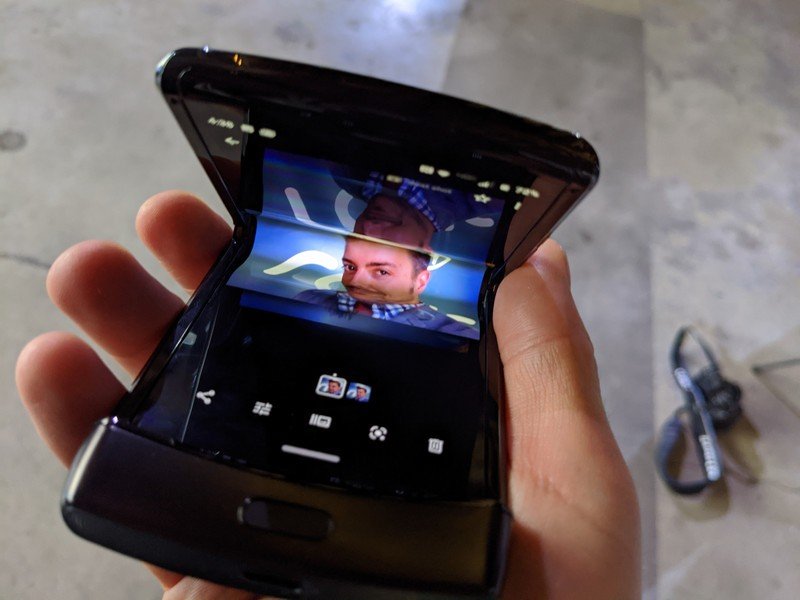
Of course, that hasn't prevented new and better things from subsuming the previous best thing in the smartphone space — BlackBerry, anyone? — but I don't think there are enough people today or five years from now that will see sufficient advantage in a foldable phone to give up what they have.
Because as much as you wrap a hinge in layers and try to prevent ingress, it's always going to be a ticking time bomb the way that our phones today — hermetically sealed in almost every way — aren't. There's a good reason the industry moved away from removable batteries and, increasingly, ports and buttons; each fewer point of ingress is one fewer point of damage.
The age of innovation
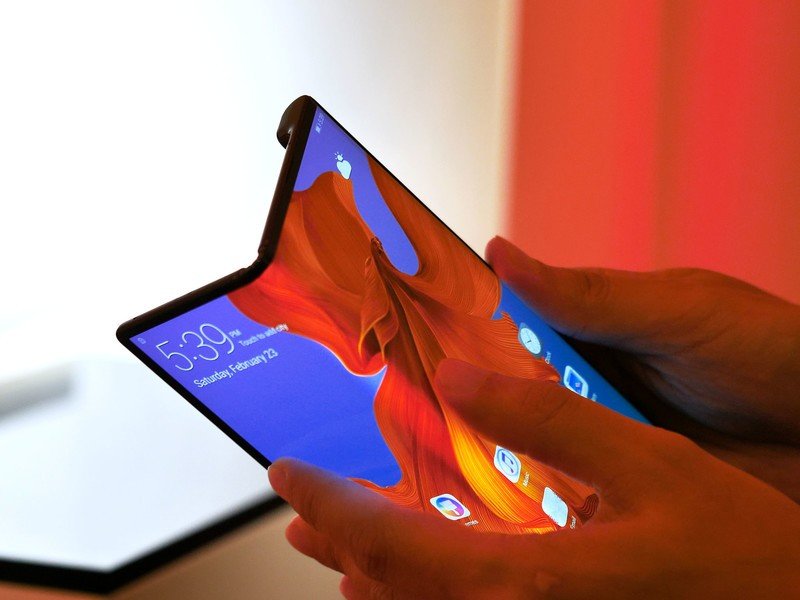
Folding phones are not new, not in the strict sense — they're the oldest mobile phones we have, in fact — but the way they've been reinvented for the smartphone age is downright astonishing. The sheer ambition of these early designs, once deconstructed, like little cities of metal and PCB, it conveys just how much work, and love, went into these early designs. The Moto RAZR, for instance, with all of its damning flaws (and there are many) is one of the most beautiful pieces of industrial design I've ever seen. The first time I snapped it close, I felt like I was rediscovering what it meant to love technology all over again.
It's for this reason that I don't think the foldable phone will be a mere novelty, either. The companies putting money behind these projects — real, long-term R&D capital — are not fly-by-night purveyors of tricks, but among the biggest names in smartphones. If Samsung, Huawei, and Lenovo deemed it wise to invest billions of dollars into researching the next big thing in smartphone design, it's because they — all smarter people than me — think there's a market there.
One report suggests that growth for foldables will be steady, but not impressive, over the next five years.
And there is. While data is scant, a report compiled by Energias Market Research in mid-2019 — after the first Galaxy Fold was recalled but before the replacement was released — estimated that the foldable phones category will see an annual compounded growth rate (CAGR) of around 25%, which is respectable but by no means astronomical. Think of it less like smartphones in the early days and more like smartwatches in more recent years. Steady, predictable growth borne by a certain demographic — in this case, early adopters and businesspeople — that can spend more on the best hardware because they need the most screen real estate possible.
Interestingly, but not terribly surprising, the report suggests that Asia, a market where larger phones caught on far before they did here in the West, would make up the majority share of the folding phone user base. That's not to see the category won't catch on elsewhere, but North America and Europe are usually a couple of years behind the trend curve.
Novelty or next big thing?
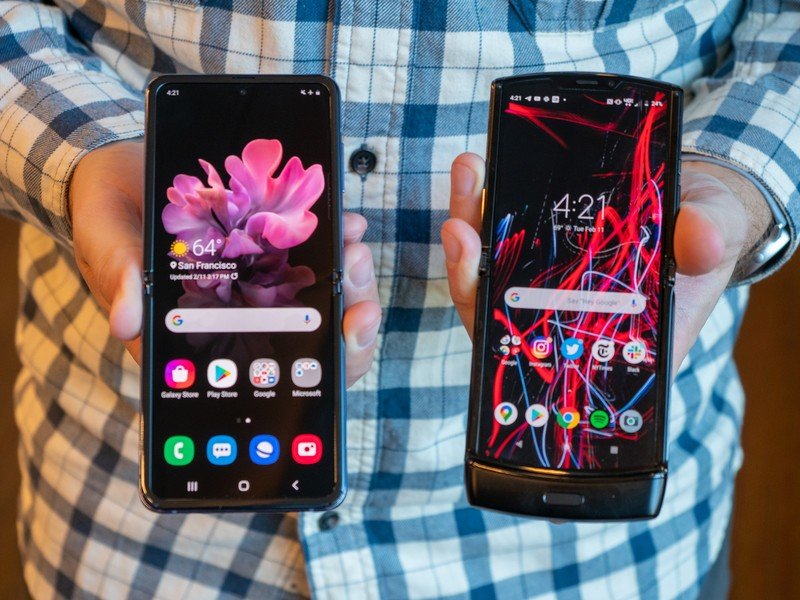
I think the reality is that foldable phones will neither fade away nor blow up (figuratively, not literally). The market will be there for users who want to pay more for stacking additional functionality on a bit of extra liability. We know that Samsung and Huawei are in it for the long haul, and those two companies comprise over 50% of the Android market in many regions around the world.
As conventional smartphones get larger and more unwieldy, we'll likely see a push for foldables to fill in some of those usability gaps, trading a thickness for flexibility. If Apple gets into the foldable game, which it likely will at some point this decade, demand could soar.
Whether you're ready to embrace a foldable likely depends on how much you value consistency. Or put in other words, whether you consider your phone a tool or a lifestyle.
Personally, I'm on the lifestyle side. My brief experiences with the Galaxy Fold, Huawei Mate Xs, Motorola RAZR and Galaxy Z Flip have left me optimistic that there's something special about this nascent category, and that when the kinks (and creases) are worked out, there's going to be a lot to like in this chapter of smartphone innovation.
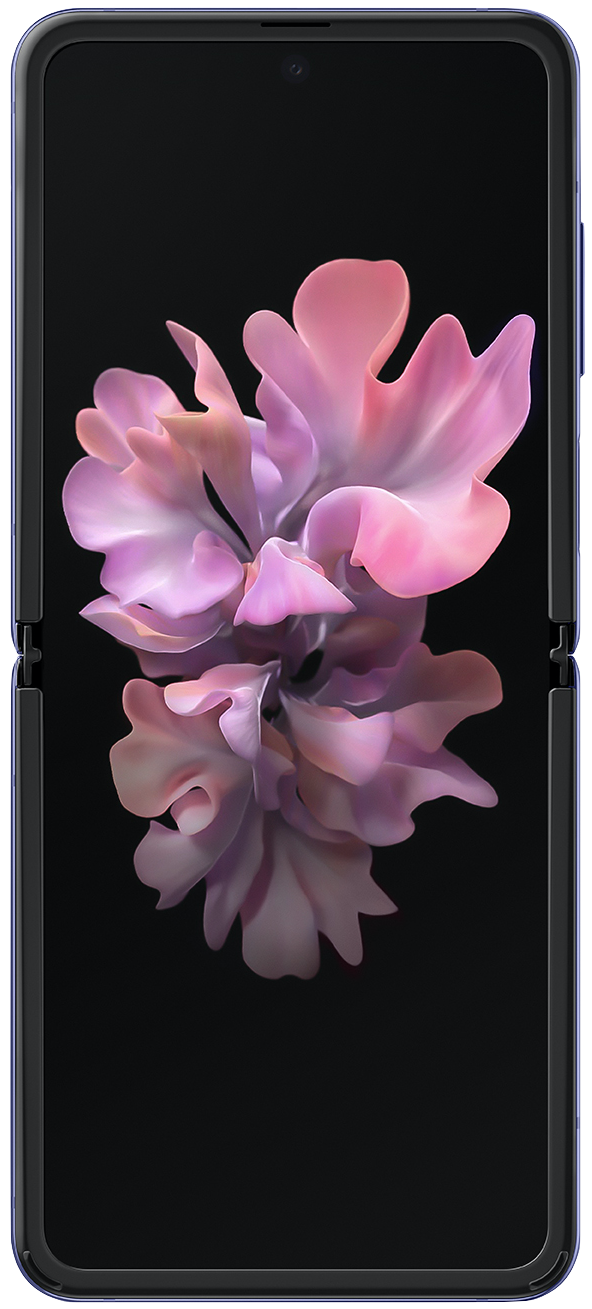
Your pockets' best friend
If you're intimidated by the Galaxy Fold, the Z Flip brings Samsung's folding tech to a much more accessible form factor. When it's open, the Z Flip looks like any other Android phone. Fold it up, and it becomes incredibly portable and much easier to fit into tight pockets or small bags.
Daniel Bader was a former Android Central Editor-in-Chief and Executive Editor for iMore and Windows Central.

